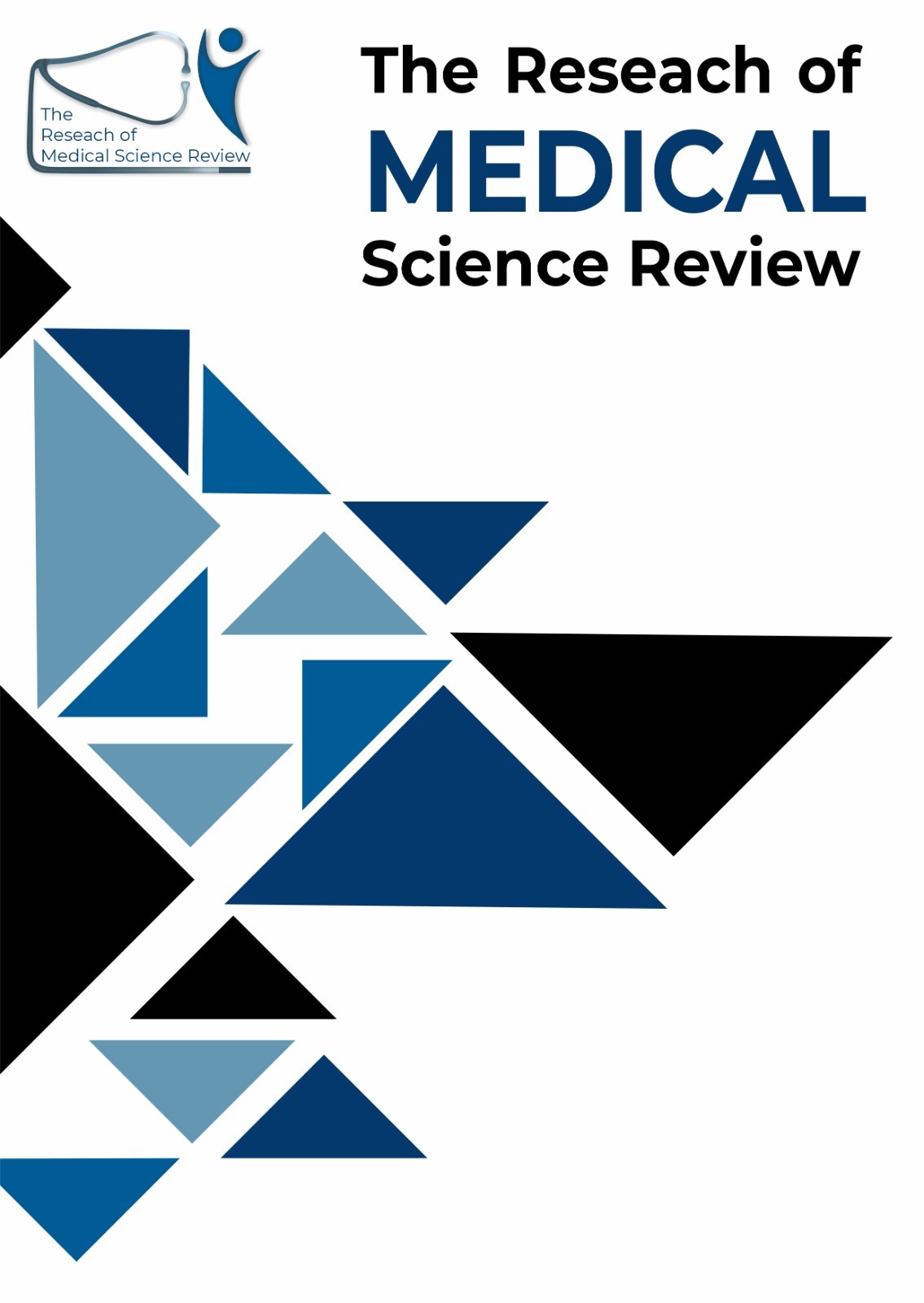UNLOCKING THE POTENTIAL: A SYSTEMIC REVIEW AND META- ANALYSIS OF MULTI-DISCIPLINARY REHABILITATION TECHNIQUES TO IMPROVE DEXTERITY AMONG CHRONIC STROKE PATIENT
Main Article Content
Abstract
Introduction: Around 85% of stroke patients experience altered arm function. Determining the most effective rehabilitation technique remains challenging. Our research focuses on evaluating the effectiveness and limitations of commonly used techniques in hemiplegic stroke rehabilitation, particularly in Pakistan, to identify the most effective among the top four methods.
Objectives: To assess the effectiveness of rehabilitation techniques. To determine the best technique for rehabilitation.
Methods: Data from 2015-2024 were collected from MEDLINE, PubMed, EMBASE, and other databases. We analyzed RCTs on CIMT, FES, TENS, and MT comparing statistical results based on the scales used. And risk of biasness was determined by using Cochrane risk of biasness.
Result: CIMT showed a large effect size (Hedges' g = 4.14) but with wide variability. FES had a moderately large effect size (Hedges' g = 0.86) with more consistent outcomes. Mirror Therapy showed moderate effect size (Hedges' g = 0.53), and TENS had significant effects but high variability. While CIMT is impactful, FES and Mirror Therapy are more reliable.
Conclusion: FES and MT emerged as the most reliable techniques due to consistent results and minimal publication bias, making them preferable for therapeutic use. These findings provide insights for informed decisions on treatment effectiveness.
Downloads
Article Details
Section

This work is licensed under a Creative Commons Attribution-NonCommercial-NoDerivatives 4.0 International License.
